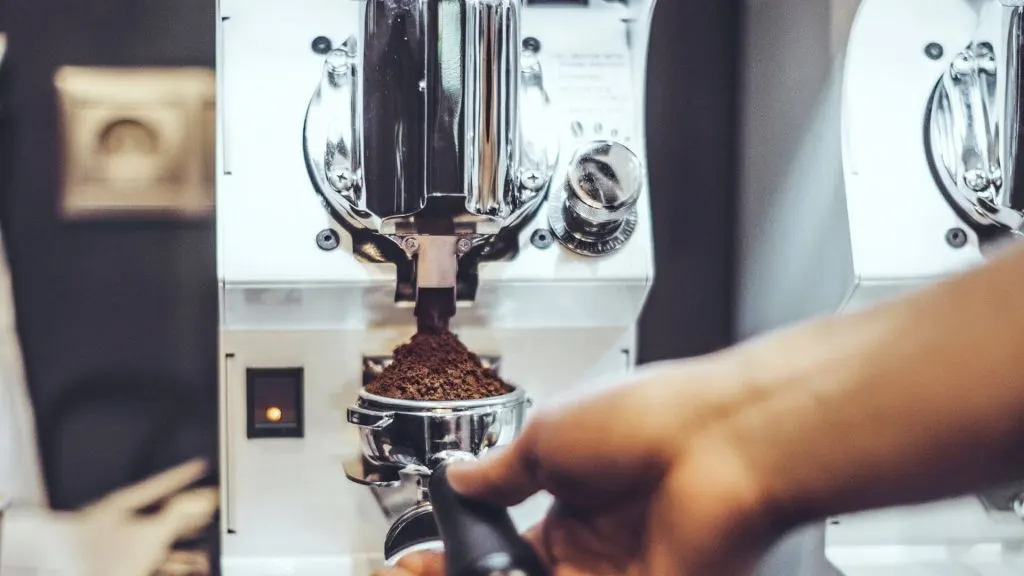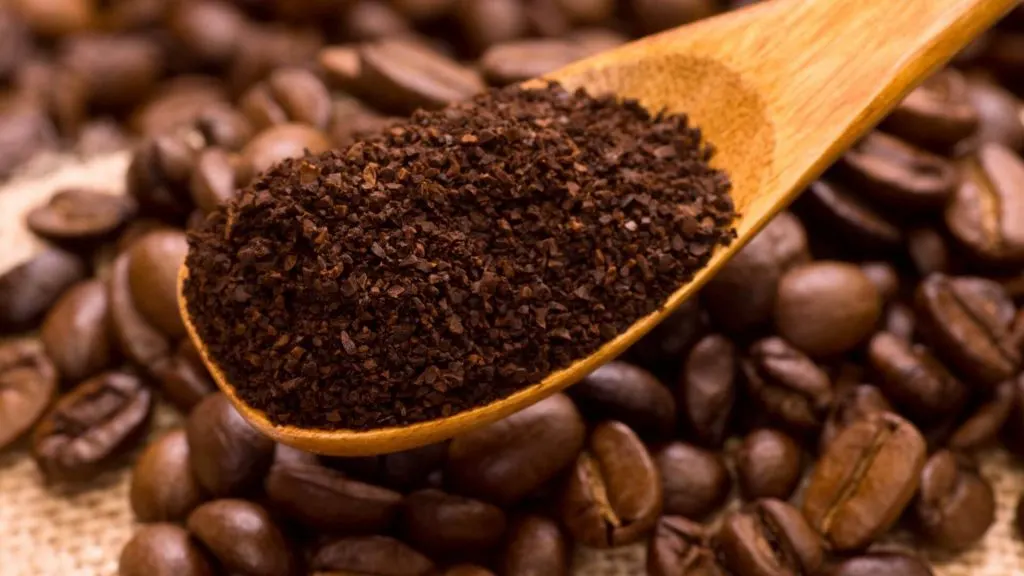Your coffee experience starts when the coffee beans are poured into the grinder because this is when the distinct flavor of the coffee is brought to life.
Hence, a grinder is hands-down the most important tool in making the perfect cup of coffee. Grinding coffee is a crucial step in the coffee-making process, but its importance is overlooked more often than not. The grind size can drastically change the taste of your cup — from one of the best cups you have ever had to lip-curlingly bitter.
If you are new to making coffee and the grinding process is unfamiliar to you, then this article is for you. We are giving you a comprehensive guide to coffee grinding, so keep reading.
Coffee Grinding Tips

Get the Right Grinder
Your perfect cup of coffee begins with the perfect grind. The type of coffee grinder you use is the decisive factor in the consistency of the grind. It determines the quality of your coffee. Again, grinders are the most important tool in your brewing setup.
Blade Grinder
Think of a blender. It is just like that–a single blade that spins. A blade grinder will not give you the uniformity of the grind that you will be looking for. When you have an inconsistent coffee grind, it will result in over-extraction and/or under-extraction in your brewing.
Burr Grinder
Unlike blade grinders, this type of grinder crushes the coffee beans into a uniform size. A burr grinder has two spinning discs–conical or flat, that are responsible for the uniformity of the grind. When it comes to grinding size and flavor, most coffee lovers will agree that the burr grinder is far superior.
Despite the fact that they are pricier than the blade grinder, they are more preferred and widely used whether you are brewing at home or in the coffee shop. Investing in the right grinder will definitely give you a better coffee brewing experience. There are affordable grinders that give you an array of grind size options—pretty convenient, right? Check out Mr. Coffee Burr Grinder Review.
Now that you know what type of coffee grinder is best for making your cup of joe let us move on to the most important part of coffee grinding—the grind size.

Grind Consistency and Its Brewing Method
The first thing you should consider when grinding coffee is your preferred brewing method. The reason for this is that different types of coffee grinds require specific brewing methods. Coffee brewers bring out the best flavors of a coffee by using the right grind size for the particular brewing method they use. Grind size is also the determining factor in the extraction yield, flow rate, and brew time. Keep in mind that after being ground, the coffee loses its flavor in just thirty minutes. Therefore, it is best to grind coffee beans just before brewing. There are different types of grinds for different brewing methods:
Extra Coarse – This type of grind requires slow brewing methods like cold brewing.
Coarse – It has the grind consistency of sea salt and needs extended brew times. Coarse coffee grounds work best for the French Press method.
Medium – It has the consistency of granulated sugar or sand and is best for drip coffee makers and Aeropress.
Fine -This grind consistency resembles caster sugar or is a bit finer than table salt. This is the grind setting for Moka Pot/Stovetop and Espresso—with quick brew time.
Extra Fine – It should be pointed out that most grinders struggle to get this fine. Its consistency resembles flour. This grind setting is best for Turkish coffee.
Why grind size matters
Ultimately, the grind size you will use affects the coffee taste as soon as it comes in contact with water. Whether the grind is fine or coarse, it affects how fast the water will pass through them (less contact time or more); consequently, it determines how your cup of coffee tastes—weak, balanced or strong. Small changes in grind size can greatly affect your final brew.

Measure Your Coffee Beans before Grinding
Another important tip to keep in mind is the importance of weighing your coffee beans before grinding. It helps you make a balanced cup of coffee–not too watery or too strong. It allows you to make consistent coffee that will always taste perfect!
On the other hand, there are two scenarios if you choose to grind and then measure. You will either have excess coffee ground left–which is going to be wasted, or you won’t have enough and will have to grind more.
When measuring the coffee beans, use a digital scale. This scale gives you a more accurate measure than analog scales, especially if you measure small quantities. Put coffee beans on the cup and place it on the scale. You have to re-zero the scale, so you will be measuring the weight of the beans only.

Jessi is the creative mind behind The Coffee Mom, a popular blog that combines parenting advice, travel tips, and a love for all things Disney. As a trusted Disney influencer and passionate storyteller, Jessi’s authentic insights and relatable content resonate with readers worldwide.
